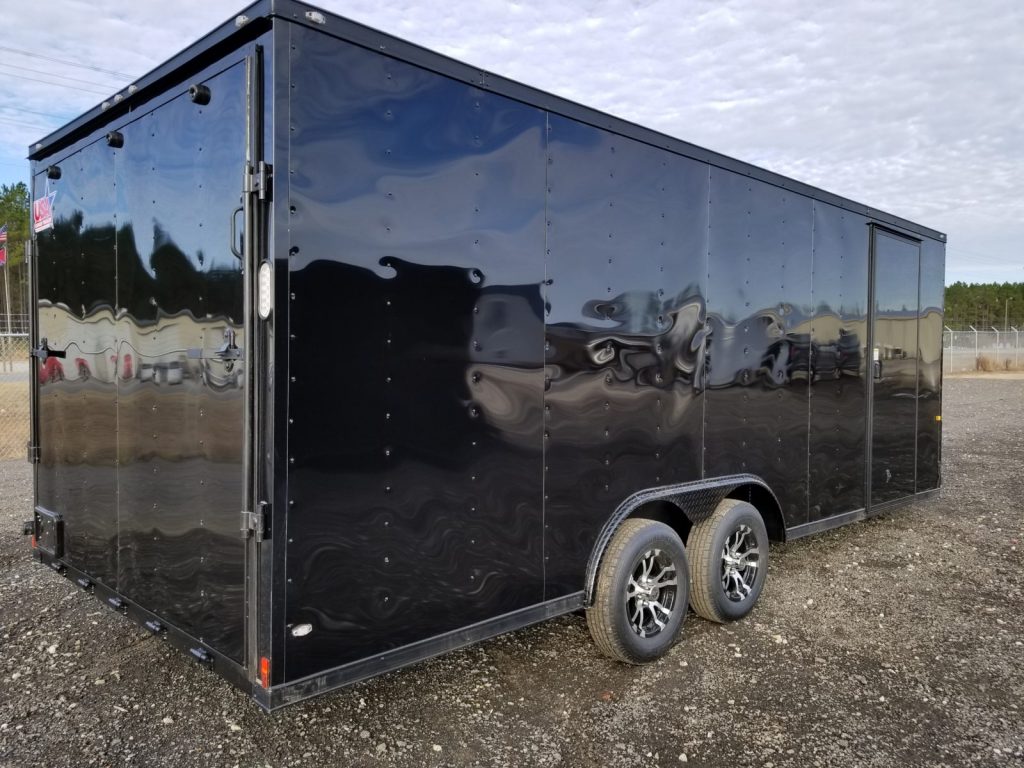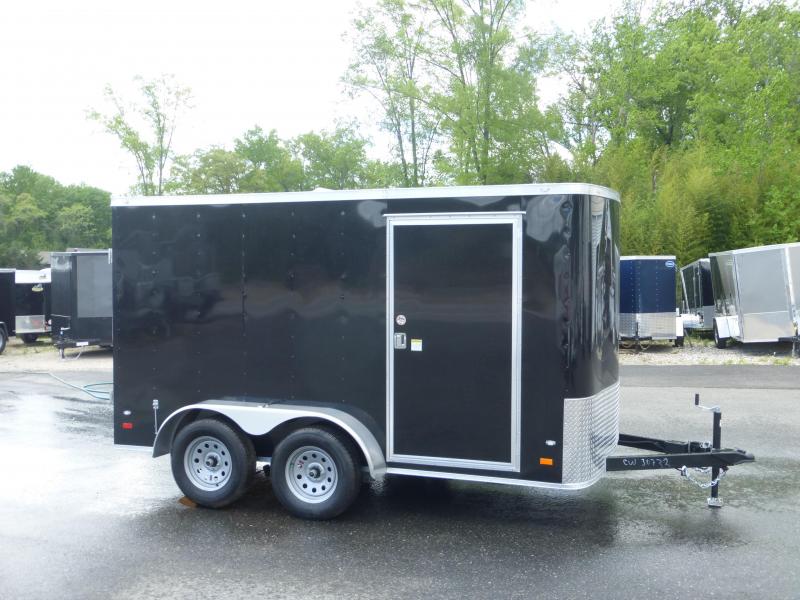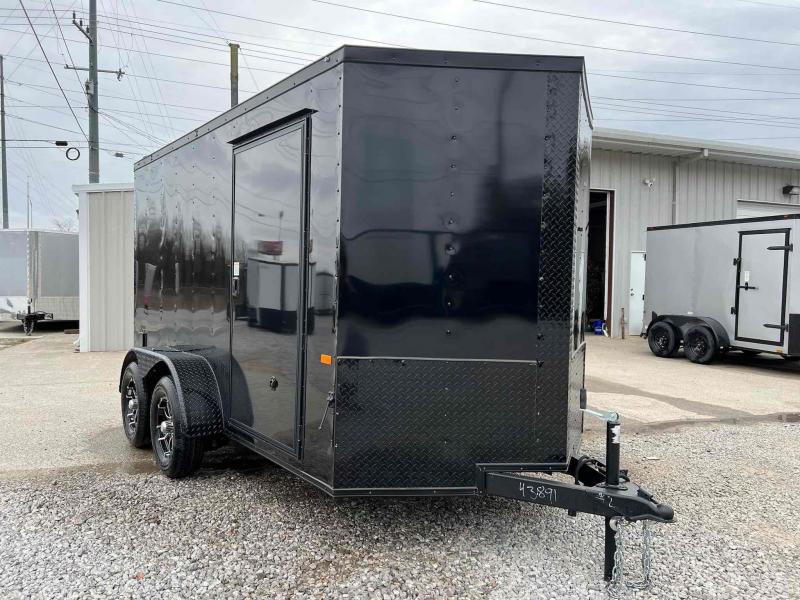The Lowdown on Cargo Trailers: What to Look For When Buying One?
Need a trailer to haul all your stuff? The sheer variety of trailers out there can be perplexing, but choosing the right one for your needs doesn’t have to be a chore. Let’s begin with the two basic types that should round out the gear you usually carry. Open trailers are more common and a universal tool in carrying almost anything. Open plant trailers, for instance, will haul large, bulky machinery and equipment. But if you want added protection from the weather and sticky fingers, then nothing beats an enclosed cargo trailer. Both have their pros and cons, but the convenience and level of security an enclosed trailer offers is beyond doubt.
If you’ve settled for an enclosed trailer, there are more than a few things that set them apart from their open siblings. The most obvious is that you get a secure, enclosed compartment that is great for carrying all kinds of gear, but especially items that can be damaged in rough weather. If you carry more items with smaller dimensions, then this too is the trailer to have. Then there’s the security of locks and a drill-proof enclosure to lend some peace of mind. You can lock all your goods inside without losing time in endless loading and unloading. And try adapting an opening trailer into a makeshift caravan or a mobile business.
What to Look in Your Next Cargo Trailer
As with all things, here too there is much to choose from. Consider the following points when buying:
Size
The size of an enclosed trailer will depend on how much cargo you transport and the size of individual items. Smaller luggage and pantec trailers start out at 1800mm long by 1200mm wide, with larger enclosed trailers coming in at 3600mm by 1800mm. There are dozens of sizes in that range. Heights range from 1200mm to 2000mm. Taller trailers can increase drag, and therefore fuel consumption. In terms of shape, you can opt for flat or V-nosed front ends and round or flat roofs. Customers can choose cargo trailers in standard dimensions or shapes from builders’ products lines, or get the trailer in the size and shape they want.

Single vs Tandem Axle
This is related to the overall size and weight of the trailer. Smaller trailers will sit on a single axle, while larger trailers with more loading capacity on double axles. Here there is also the choice between different suspension setups that dampen the weight of a fully-loaded trailer and allow for easier towing. Leaf springs come in higher, make for a smoother ride with the trailer empty, and are easier to repair and cheaper to maintain. For heavier loads, and bigger trailers look to torsion axles. These provide more support for the added weight and a smoother ride when loaded. They are a little more expensive to buy and maintain, though.

Materials and Build
To keep the overall weight down, smaller trailers are made of aluminium enclosures sitting on a sturdy steel chassis that is also galvanised against rust. Sheeting is thick, with tight welds throughout. Painted and coated outer surfaces let you get the colour that you want. Rubber seals help keep out water, liquids and dust. Floors can be reinforced for added strength, and have non-slip surfaces. Larger trailers can be optioned with steel enclosures that are powder coated. Additional parts like drawbars, hinges and locks are also heavy-duty offerings made to last.
Features
Different features can make or break a trailer. The first thing to consider is the number of doors, and how they are positioned on the enclosure. A typical cargo trailer can have single or double doors at the back. Barn doors open outwards, ramp doors open downwards and double as loading ramps. Again, this depends on what you carry. Wheeled vehicles and large equipment will benefit from ramp doors. Barn doors, on the other hand, take up less space when open. Pantec trailers may have either type, with additional doors at the sides. The important thing here is easy access to the contents inside.

Other features include independent and mechanically actuated brakes, LED lighting when braking and turning, jockey wheels for safety and easy maneuvering, wheels in different sizes and tyres with the tread of your choice. Locks are recessed for greater protection, and doors open and close smoothly with installed gas struts. Inside there is a non-slip checker plate floor along with multiple welded tying points to secure bigger items. Larger trailers will have longer and stronger drawbars as well as reinforced couplings. The level of customisation is high and many Aussie builders are happy to include everything the customer wants.
Other Considerations
When choosing your next trailer, also consider the vehicle that will be towing it. The majority of new utes won’t have any issues in this respect, with most comfortably able to haul 3500 kilos. Older utes though might struggle with bigger, fully-laden trailers. There are dozens of trailer builders across Australia, so buying local is a bonus. Builders offer different guarantees on their products, and the ability to customise. Some even have roadside assistance if something goes wrong.






